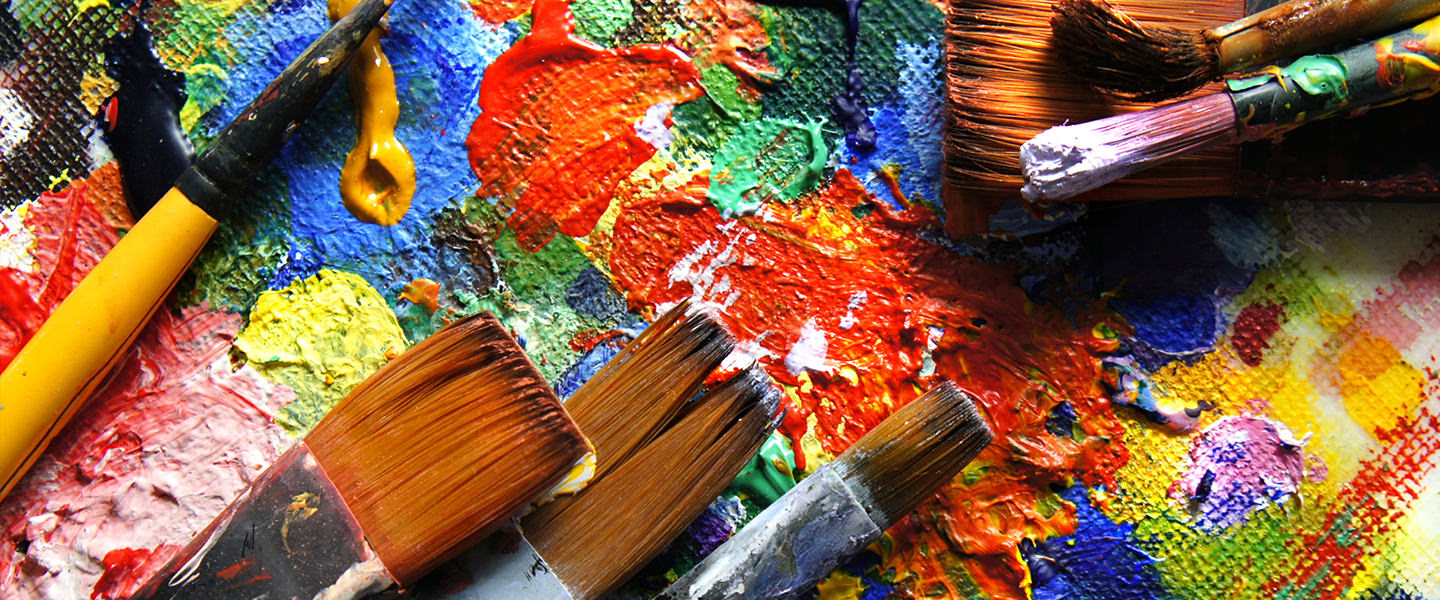Art, in its many forms, serves as a quintessential expression of the divine and a reflection of the soul’s aspirations. Within the Bahá’í Faith, this inductive relationship between artistic creation and worship is manifest as both a spiritual pursuit and an ethical imperative. The teachings of the Bahá’í Faith elucidate that when one engages in art, one participates not merely in the act of creation but in an intrinsic form of worship, harmonizing the cognitive, emotional, and spiritual dimensions of human existence.
The notion that “Art is Identical with Worship” is not merely an aphorism but a profound proclamation that invites adherents to perceive artistic expression as an esteemed path toward spiritual enlightenment. This interconnectedness can be understood through several tenets outlined in Bahá’í writings, emphasizing how art becomes a channel for the divine—the alchemy where human creativity meets the ineffable.
1. The Spiritual Nature of Art
Art possesses an ethereal quality, akin to the very essence of spirituality. It operates as a bridge between the material and the spiritual realms. The Bahá’í teachings assert that true art is derived from the depths of the human spirit, aiming to transcend ordinary experiences and stimulate profound emotions. When creators embark on the journey of artistic expression, they are, in essence, endowed with the opportunity to unveil the hidden truths about existence.
Moreover, this spiritual dimension of art is not purely subjective. Bahá’í teachings advocate that art should not adopt a mere decorative role. Instead, art is a conduit for the divine will and a medium through which the manifest qualities of God can be reflected in the world. This alignment infuses art with a sacred responsibility to elevate human consciousness and foster community bonds.
2. The Interdependence of Creation and Worship
The act of creation is inextricably linked with worship in the Bahá’í framework. In this faith, no differentiation is made between worship in a conventional sense and the creation of art. The Bahá’í writings suggest that artists, in their creative endeavors, are performing a sacred duty akin to that of a spiritual seeker. The essence of worship is encapsulated in the intent and passion with which one creates. This intent to open one’s heart to inspiration enables the artist to receive divine guidance, making their work a true offering to God.
To illustrate, consider the artist who crafts a painting not solely for aesthetic appeal but as a form of devotion. In focusing their heart and intention on this sacred task, they channel divine beauty, an echo of universal love and truth. When infused with such intent, their artistry becomes an embodiment of worship—an offering reflecting their belief in unity, harmony, and beauty.
3. The Artistic Pursuit of Truth
Another cornerstone of the Bahá’í perspective on art resides in the pursuit of truth. Art, in its virtuous form, seeks to reveal deeper realities and philosophical insights. Artists are tasked with the role of truth-seekers and truth-tellers, unveiling the unseen through their creations. The Bahá’í teachings emphasize that one must strive to depict reality authentically, unmasking illusions and presenting an unadulterated image of the zeitgeist.
In this light, the artist becomes not merely a creator of visual or auditory aesthetics but a light-bringer; through art, they illuminate the path to understanding. Engaging with the profound metaphors and intricate parallels found in their work can lead observers to a greater understanding of the human condition, interpersonal relationships, and divine truths, rewarding the audience with an intricate tapestry of knowledge.
4. Community and the Social Dimensions of Art
Furthermore, the Bahá’í Faith extols the role of art in fostering unity and nurturing community bonds. As believers are enjoined to create a harmonious society, artistic endeavors are revealed as powerful tools for this purpose. Artistic expressions serve not only as personal revelations but as communal experiences that embody collective aspirations.
Bahá’í teachings assert the importance of art in promoting inclusion, encouraging diverse perspectives, and perpetuating dialogues among various cultural and spiritual backgrounds. In a Bahá’í context, the act of creating or experiencing art can facilitate an environment of profound understanding and interconnectedness, resulting in a community where love and companionship become foundational.
5. Art as a Catalyst for Transformation
Art’s potential to instigate transformation is yet another profound facet. The Bahá’í Faith recognizes that art should aspire to uplift society, inspire altruism, and spark social change. When artists approach their craft with a vision for a better world, they wield a formidable force capable of challenging the status quo and invoking compassion.
This transformational power of art harmonizes beautifully with the Bahá’í emphasis on the oneness of humanity. Through artistic expression, individuals can confront societal issues and reflect the principles of justice, equality, and peace that Bahá’ís champion. Hence, the transformative capability of art becomes yet another reflection of its synonymous nature with worship; it engages individuals on multiple levels, encouraging reflection on morals and ethics.
Conclusion: The Sacred Symphony of Art and Worship
In summation, the Bahá’í view that “Art is Identical with Worship” emerges as a compelling narrative interwoven with spirituality, truth-seeking, community-building, and transformative potential. When engaged in the process of creation, artists embark upon a sacred pilgrimage toward understanding and embodying divine principles. Their work, when infused with intent, becomes a resonant expression of devotion, echoing the heart’s longing for unity and truth.
Ultimately, embracing the Bahá’í perspective on art allows individuals to appreciate its multifaceted dimensions as a means of worship, thereby intertwining the sacred with the creative. The intrinsic value of art transcends its physical manifestations and serves as an unequivocal testament to humanity’s quest for meaning, connection, and the divine.
